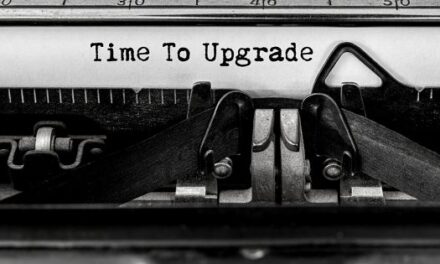Deciding which business structure is right for your business can be a daunting task. Different types of structures work for different situations and with each situation comes a different level of liability, and different types of taxation rules. Ultimately, the decision will come down to your preference and they type of business you deal with.

There are 4 types of businesses structures that you can from in Australia.
Type 1: Sole trader
This is a very inexpensive structure to set-up and can be the most common type of structure for those just starting out with a small business. In this structure, you are not an employee of your business, but rather manage your business itself. The taxes are handled at your own personal tax rates. This makes it a simple set up, but it can come with some downfalls.
Any liabilities in the business fall on you personally. This means that your home, and any other assets you may have can be seized if your business defaults or goes bankrupt.
Type 2: Partnership
As the name implies, a partnership is a business run by 2 or more individuals. This means that everyone has a say in the business, as well as the ability to contribute to the business. The liabilities are split between the partners which can take off some of the pressure of having your personal assets at risk.
Like type 1 it too has a downfall. It is a partnership and depending on if it is an equal partnership or set up in another form, issues may arise where the partners cannot agree on the direction of the business or even simple things like the day to day running of the business. This can be difficult, and perhaps not the right choice for many individuals looking to pick a business structure. You need to know your partner very well and be compatible, or your business may fail as a result.
Type 3: Company
A company makes your business its own entity. This means that the liabilities no longer sit on your own assets and shoulders. In this structure, your business will have both shareholders and directors. Tax rates are those of a company, which are currently 30%.
Unlike the prior two structures, the liabilities of the company are solely with the company, but you also cannot draw an income from the company as though it is your own money. You must either pay yourself a salary or income, which is taxable at your personal tax rate, or pay out dividends.
This can be a complicated structure as there are many rules and regulations to it, and much more paperwork than something like a sole trader.
Type 4: Trust
This is the last type of structure you can utilize for your business. This format limits your personal liabilities again, but places the management of your business with a trustee. It can have advantages though, in that it allows you to decide how income in paid out to best benefit you and others based on taxation laws. The downfall is that it is not fully in your control.
No matter the type of structure you believe may work best for your business, it is always important to seek professional assistance as they can provide you with more in depth information and provide you with an overlook that is more directed at your own personal situation and how best to manage your business.






















